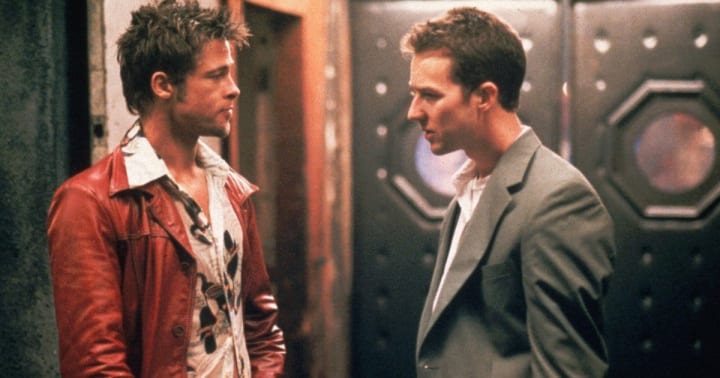A Filmmaker's Guide to: The Everyman
Film Studies (Pt.68)

In this chapter of ‘the filmmaker’s guide’ we’re actually going to be learning about literature and film together. I understand that many of you are sitting in university during difficult times and finding it increasingly hard to study and I understand that many of you who are not at university or not planning on it are possibly stuck of what to do, need a break or even need to catch up on learning film before you get to the next level. This guide will be brief but will also contain: new vocabulary, concepts and theories, films to watch and we will be exploring something taboo until now in the ‘filmmaker’s guide’ - academia (abyss opens). Each article will explore a different concept of film, philosophy, literature or bibliography/filmography etc. in order to give you something new to learn each time we see each other. You can use some of the words amongst family and friends to sound clever or you can get back to me (email in bio) and tell me how you’re doing. So, strap in and prepare for the filmmaker’s guide to film studies because it is going to be one wild ride.
The Everyman

What is it?
A character that embodies the average person via character traits, psychological traits and their lifestyle. This is added into the society in which the character lives and they become directly representative of the average person and their day-to-day lifestyles.
When it comes to literature, books have always depicted images of the everyman character even from the very beginning. If we look at something like Charles Dickens, many of the characters represent the everyman including characters from books such as "A Tale of Two Cities" and "David Copperfield". The most famous book with an everyman character according to many scholars is actually in Sherlock Holmes by Sir Arthur Conan Doyle and he is Dr. John Watson. Yes, the partner in detective work of the great Sherlock Holmes is the everyman archetype.
Other novels which have the everyman character include:
- Fight Club by Chuck Palahniuk
- Ulysses by James Joyce
- Gone with the Wind by Margaret Mitchell
- The Count of Monte Cristo by Alexander Dumas
- The Hunchback of Notre Dame by Victor Hugo
- Dracula by Bram Stoker
- Nineteen Eighty-Four by George Orwell
The everyman though is not only a representation of the average person but is also completely human and that is why it is so hard to write an everyman character. They need to have the most human traits possible such as: realistic fear, anxieties and yes, they need to act and speak like a normal human being. These include: hating their job, family problems, having strange ailments and being basically a human that we could believe could also exist in real life.
What about in film?

In film, it is even more difficult to write the everyman character because of the fact that someone else has to act this. If you have a good enough actor, they will be able to pull it off, but if the actor is not believable enough, it does not matter how good you write the part and how human and representative of the general population your character is - it just will not work at all. Let us have a look at some films that do an amazing job at giving us a view of the everyman character:
- Synecdoche, New York
- Gone With the Wind
- The Hitchhiker's Guide to the Galaxy
- The Dark Knight
- High Noon
- Back to the Future
- American Werewolf in London
- The Wolf Man
- Primal Fear
- A Guide to Recognising Your Saints
So now we’re going to have a look at some further reading in which you can try to recognise, relate and really dive deep into your analysis of the everyman. These will be in the form of primary sources instead of just reading textbooks so I hope it helps.
Further Reading:
- Adams, D (2009). The Hitchhiker's Guide to the Galaxy. UK: Children's Macmillan Books.
- Dumas, A (2003). The Count of Monte Cristo. 2nd ed. UK: Penguin Classics.
- Mitchell, M (2020). Gone With the Wind. USA: Vintage Classics
- Palahniuk, C (1997). Fight Club. 2nd ed. USA: Vintage
- Stoker, B (2004). Dracula. 2nd ed. UK: Penguin Classics
About the Creator
Annie Kapur
200K+ Reads on Vocal.
English Lecturer
🎓Literature & Writing (B.A)
🎓Film & Writing (M.A)
🎓Secondary English Education (PgDipEd) (QTS)
📍Birmingham, UK






Comments
There are no comments for this story
Be the first to respond and start the conversation.